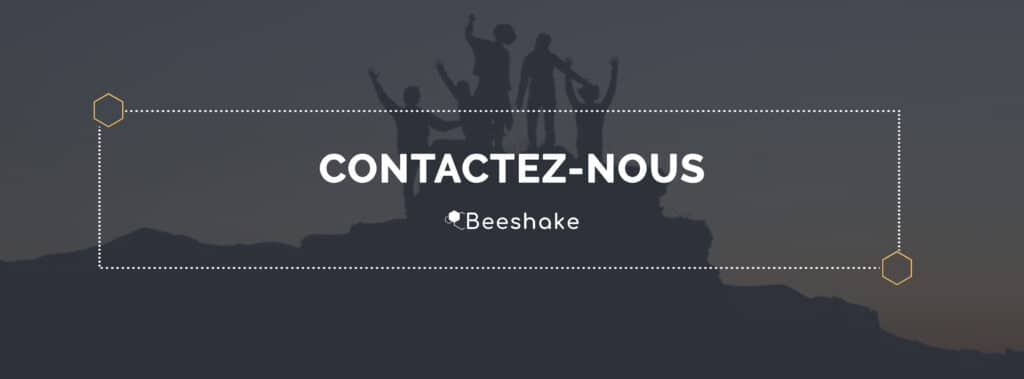We welcomed Jean-Claude Casalegno, Research Lecturer in Management and Participative Innovation at Groupe ESC Clermont Business School and Professor and Consultant in Managerial Innovation for the Phosphoriales program. In a fascinating interview, he shares his views on the benefits of facilitation in the context of participative innovation.

After studying clinical psychology, Jean-Claude embarked on a career in social entrepreneurship with the creation of an association in the field of educational gerontology. He then joined a leading business school in Paris. There, he completed a Master's degree specialized in supporting professional and organizational transitions. Jean-Claude then became a permanent consultant for CESI and then for EXPANSION. This enabled him to set up a second consulting company specializing in management.
He then joined Groupe ESC Clermont as a teacher-researcher, where he mainly teaches Management and Participative Innovation. He also created a facilitation training program called "Phosphoriales".
At the same time, he continued to intervene in companies and carried out numerous research projects. In particular, on the subject of the pathologies of power, liberated companies and innovation and participative democracy.
How would you define Participatory Innovation?
There are several definitions ofParticipatory Innovation. Here's my own, the result of a great deal of reading, including Pierre Levy's particularly inspiring book:
We define Participatory Innovation as a set of collaborative methods. These aim to mobilize the intelligences, motivations and imaginations of human communities. With the aim of creating value for people, organizations, territories and the planet...
Innovation refers to imagination, creativity and even invention. So, in an organization, there are many ideas that everyone has about their work, the organization, the company's strategy, etc.... These ideas are not yet recognized for their true value. Because we're still stuck in a very hierarchical conception of management.
It deprives the company of the resources of its employees' imagination. And yet this is an essential function in today's unpredictable world , where constant reinvention is essential. It is more important than ever to mobilize our collective energ ies to build the future differently.
The second equally important word is "participatory". To participate is to give an opinion. So you need conditions to make it happen:
- Fair relations between the company's various stakeholders. It's all about striking the right balance between capital and labor.
- Honorable" relations between employees and those in positions of authority: managers.
- New managerial know-how that facilitates employee self-expression
This is where the benefits of facilitation become obvious and of real interest. But what are they really?

What are the advantages of facilitation?
Facilitation techniques in the context of participative innovation may seem new, but they are more reminiscent than genuinely new. As far back as the 40s, researcher Kurt Lewin made one thing clear. The importance of managerial behavior on team performance and results. Then, in the 60s and 80s, facilitation approaches were developed to encourage group dynamics. The 80s saw the emergence of the appreciative approach.
Then, from 1995 to 2015, Facilitation was eclipsed and replaced by more exotic approaches. Such as Design Thinking, which were then themselves taken over by Facilitation, only to become less media-friendly.
Despite their diversity, all these methods have a number of points in common and offer definite advantages:
- They are based on a more participatory conception of authority. Intelligence is no longer the power of one man, but of the collective.
- They encourage self-expression by integrating a diversity of viewpoints.
- They foster collaboration by creating a dynamic of co-construction in analyses and often in decisions.
- They unleash the creativity and imagination of stakeholders using metaphorical exercises (e.g. the boat game, the stakeholder spider, the idea tree, etc.).
- They encourage the sharing of knowledge and skills in a spirit of mutual respect.
- They leave more room for exploration and iteration before moving on to a more shared conception of execution.
What are the key success factors for facilitation in the context of Participatory Innovation?
We can distinguish between what we might call "bottom-up Participatory Innovation" and "top-down Participatory Innovation".
From the bottom up, it is generally initiated by a manager with his or her team. He or she suggests that the team identify day-to-day irritants, so as to implement improvement actions. This approach is generally well received by employees, who see it as an opportunity to express their point of view. It also contributes to incremental innovation.
From the top down, it is driven by management and seen as a genuine investment in the future. It involves the design of a global system, which must necessarily be based on the company's innovation policy. This system must enable ideas to be collected and selected. But it must also make available the resources needed to ensure the project's success.
But for a project of this kind to be a lasting success, there are several factors to take into account. Here are just a few of them:
- Shift the company's culture towards values of collaboration and participation.
- Clarify the concept of Participatory Innovation. It doesn't mean the same thing depending on where you are in the organization.
- Involve volunteer employees as third parties in teams to which they do not belong, such as ambassadors or progress managers .
- Collect, evaluate and implement ideas generated by employees. Collaborative platforms are extremely useful, replacing the traditional cardboard ideas box of the early days.
- Rewarding and recognizing successful proposals. This can take the form of financial rewards, public recognition, professional development opportunities, or even simple thanks and congratulations.
- Using relevant indicators to measure the number of ideas, their implementation and their economic impact are also part of the exercise, and generally confirm its value.
It is therefore essential to create an environment conducive to the dynamics of giving. This dynamic is at the heart of the facilitation process.

How to highlight the benefits of facilitation with the Phosphoriales method?
The Phosphoriales method gradually became a learning system. It has evolved over time. At the outset (2012), we presented it as a method for innovation, even invention. Its primary aim was to awaken the creative and entrepreneurial capacities of the participants. These were students from the ESC Clermont Group in both initial and continuing training.
Through our experience of facilitating groups, we have come to realize that the way in which skills are imparted can play an important role in fostering a participative culture. We owe this evolution to the fact that the pedagogy we use is based on facilitation techniques. As a result, it's the participants themselves who produce the knowledge. Our role as teachers is less and less about content and more about the container.
Today, we consider that the Phosphoriales method has also become a learning system. It can ultimately be applied to any problem.
The issue of work seems to be a very fertile ground for the development of facilitation. Today, employees increasingly need to express themselves in order to improve their working conditions, their efficiency and even their commitment...
Managers, if they succeed in changing their posture, will have a role to play in highlighting the benefits of facilitation .
Would you also like to develop participative innovation?
